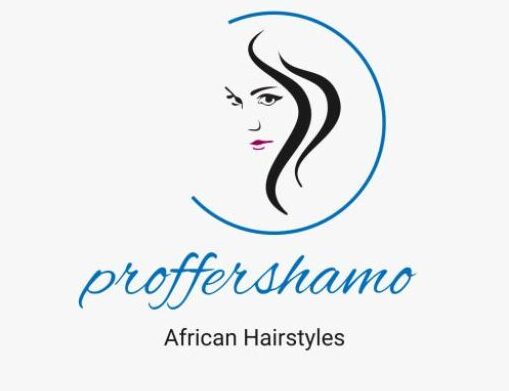African Nigerian hairstyles are a stunning tapestry of cultural expression, woven through braids, twists, knots, and intricate patterns. They vary across diverse ethnicities, boasting symbolic meanings related to social status, age, marital status, and even proverbs. From the regal Gele of Yoruba women to the intricate cornrows of the Igbo, each style whispers a story of identity and belonging, passed down through generations like precious jewels.

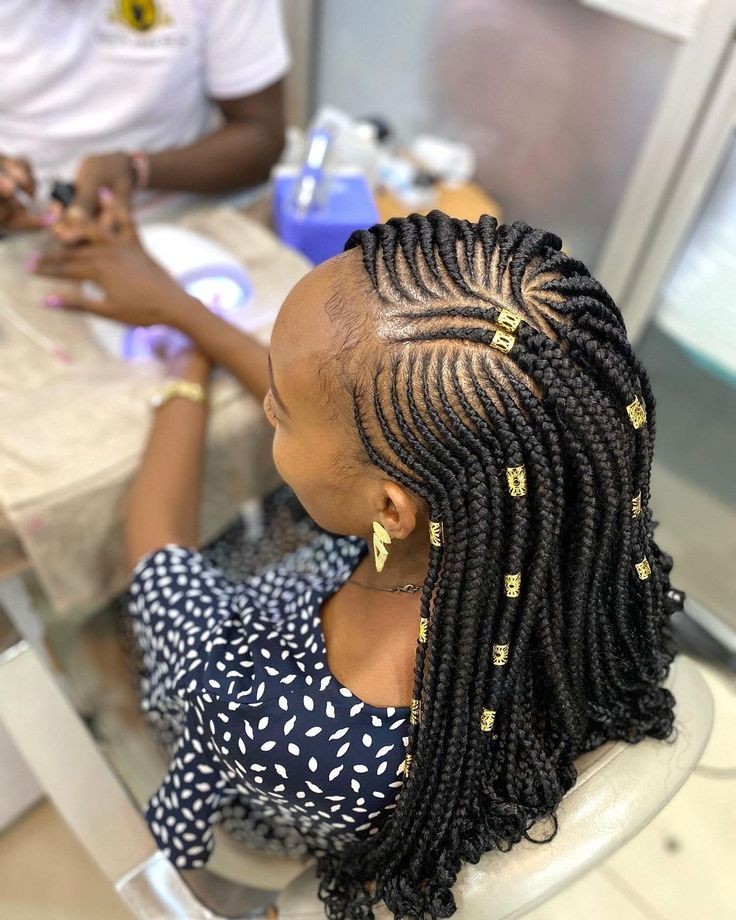
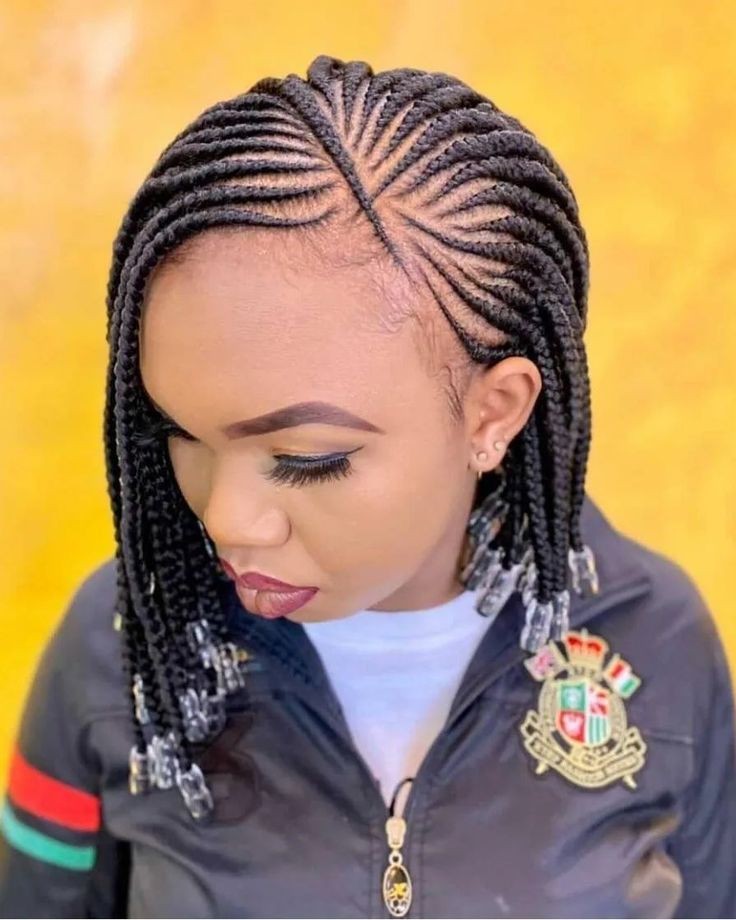




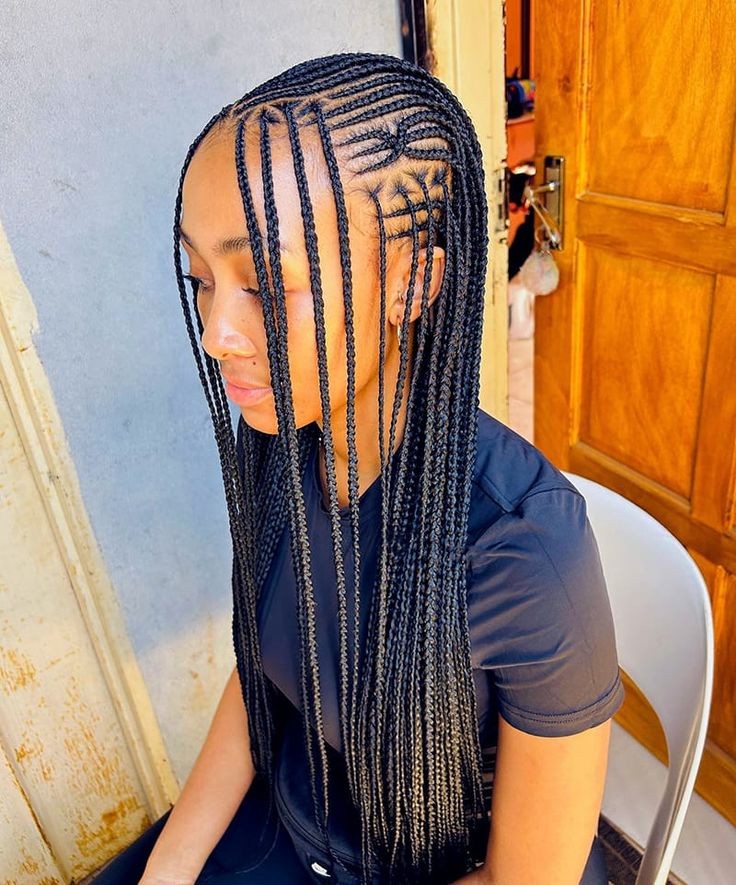











African Nigerian hairstyles have been a significant aspect of the culture and identity of the Nigerian people for centuries. These traditional hairstyles, passed down from generation to generation, are not only a form of self-expression but also a symbol of cultural pride. From intricate braids to bold and colorful haircuts, Nigerian hairstyles tell a story of the rich history and diverse ethnicities within the country. With the increasing globalization and fusion of western culture, traditional hairstyles have faced a decline in popularity.


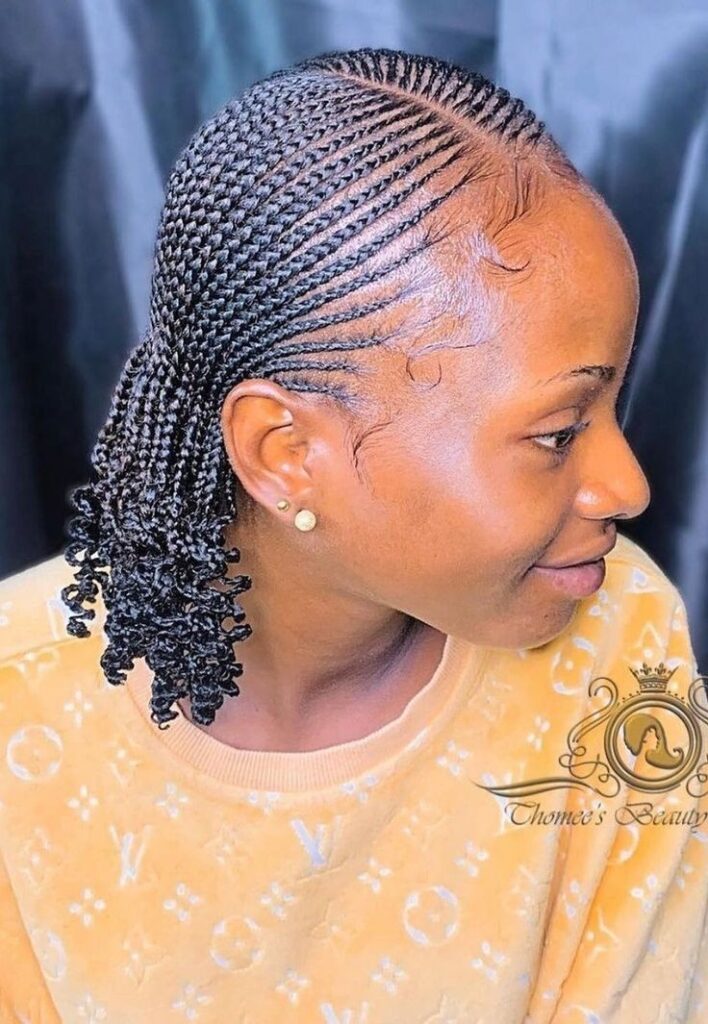

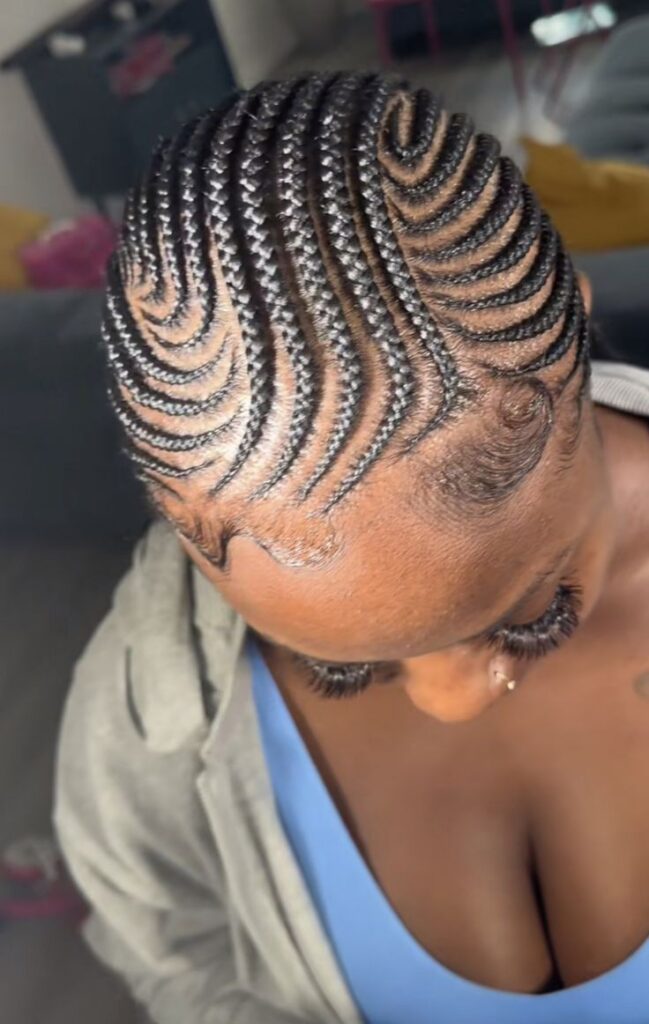

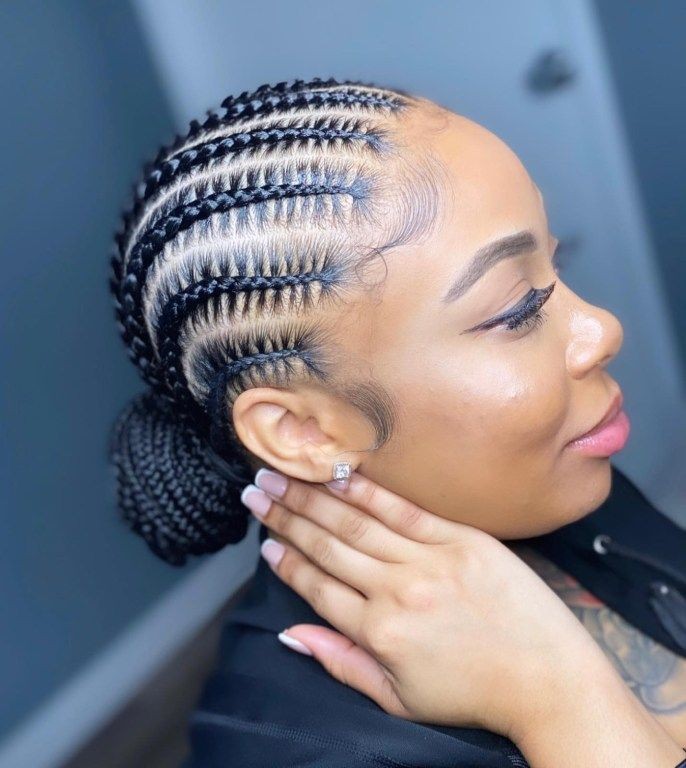

However, in recent years, there has been a resurgence in the appreciation and celebration of African Nigerian hairstyles. This revival has been fueled by the rise of the natural hair movement, as well as a growing sense of cultural reclamation and representation. In this article, we will explore the significance of these hairstyles in Nigerian culture, their evolution over time, and their current impact in the modern world. Join us as we delve into the beautiful and unique world of African Nigerian hairstyles.
1.African Didi Hairstyles
African Didi hairstyles are braided or twisted patterns originating from West Africa. They involve intricate weaving of hair into unique designs, often incorporating beads or threads. Didi styles vary, reflecting cultural diversity, and are popular for their aesthetic appeal and cultural significance.
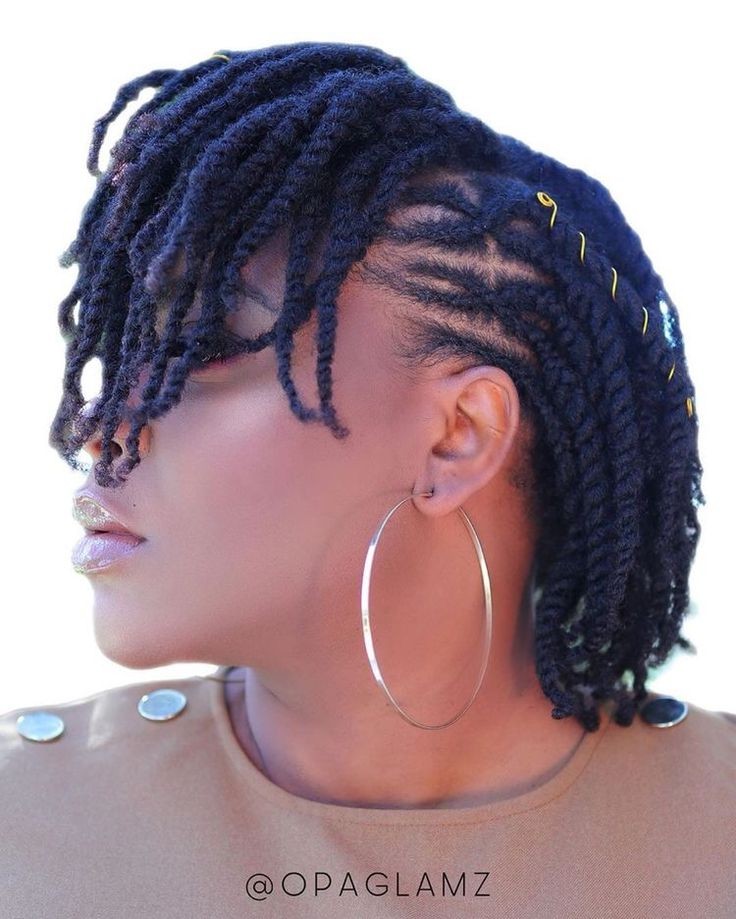


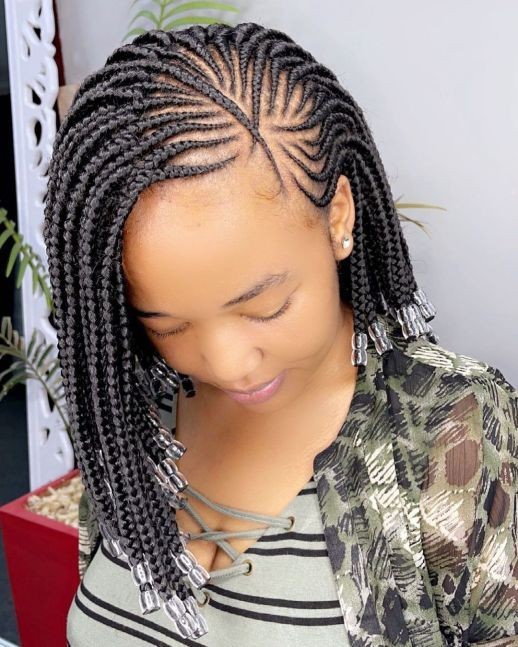






2.Shuku Hairstyles
Shuku is a traditional Nigerian hairstyle characterized by a braided or twisted crown that extends vertically from the forehead to the crown of the head. It’s a classic and elegant style, often adorned with beads or accessories, reflecting cultural heritage and personal expression.
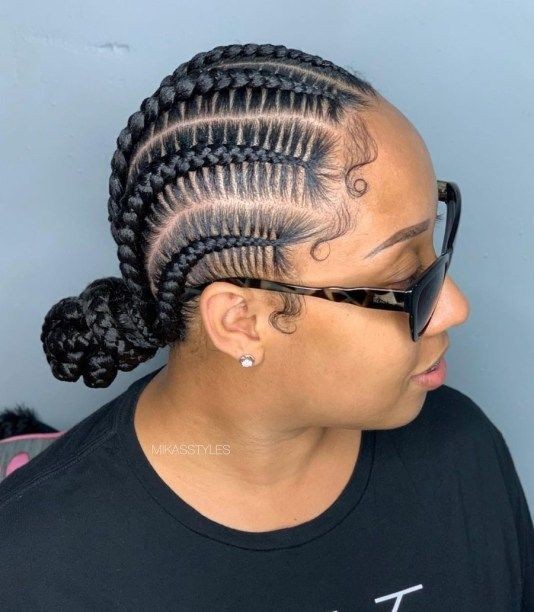

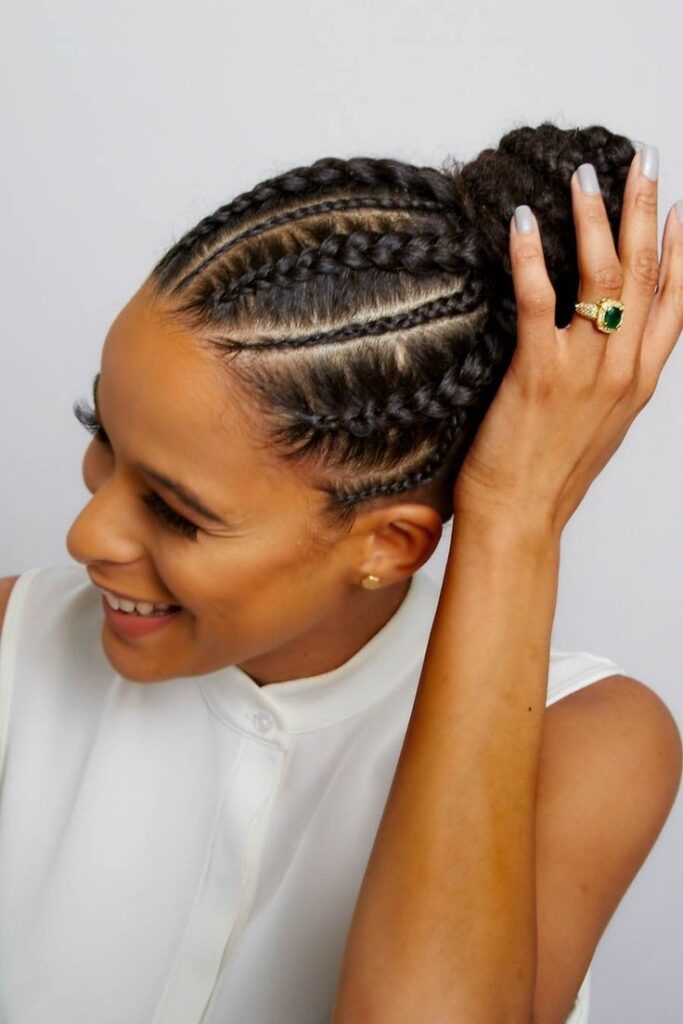







3.Nigerian hairstyle concord
The Nigerian hairstyle concord, also known as “Ghana weaving” or “all back cornrows,” involves braiding the hair in neat, straight cornrows that run horizontally across the head from temple to temple.


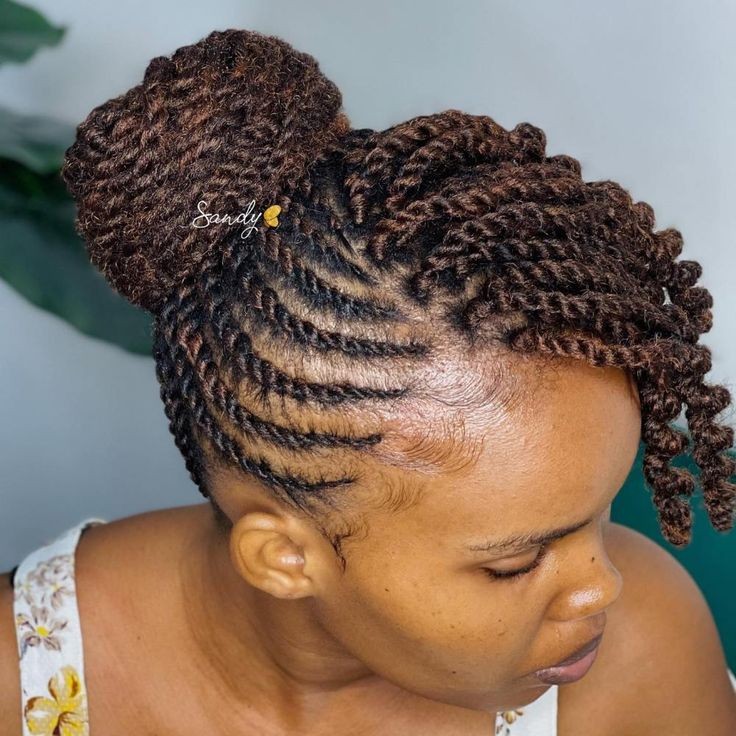





These braids are typically thick and raised slightly off the scalp, creating a sleek and polished look.Concord hairstyles are versatile and can be worn in various styles, including simple cornrows, intricate patterns, or adorned with beads and accessories. They’re popular for their protective qualities, low maintenance, and stylish appearance.
4.Nigeria cornrows hairstyles
Nigerian cornrows hairstyles involve tightly braided patterns close to the scalp. These intricate braids can form various designs and are a popular and versatile choice, reflecting cultural heritage and personal style.






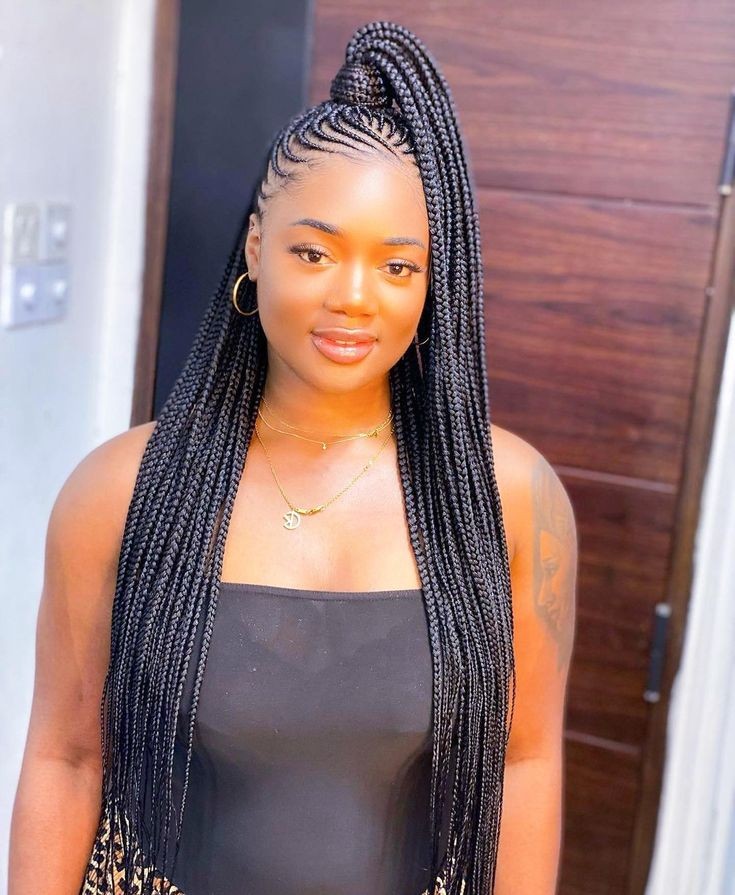


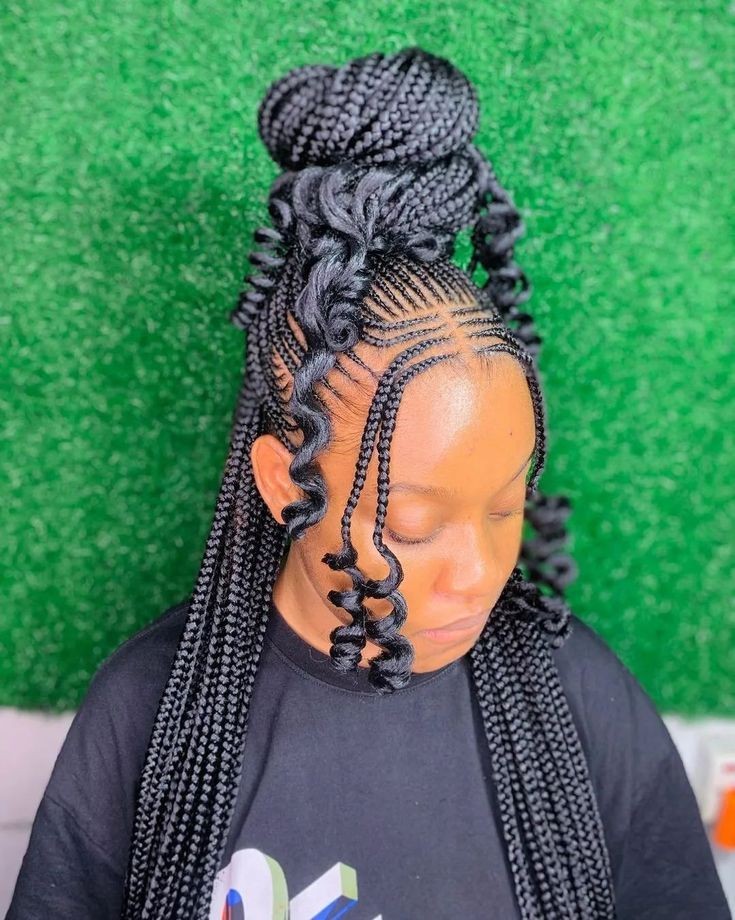

5.Nigerian Dreadlocks Hairstyles
Nigerian dreadlock hairstyles involve natural hair matting into long, coiled locks. Embraced for their cultural significance and low maintenance, Nigerian dreadlocks vary in size and style, allowing for personal expression while celebrating African heritage.
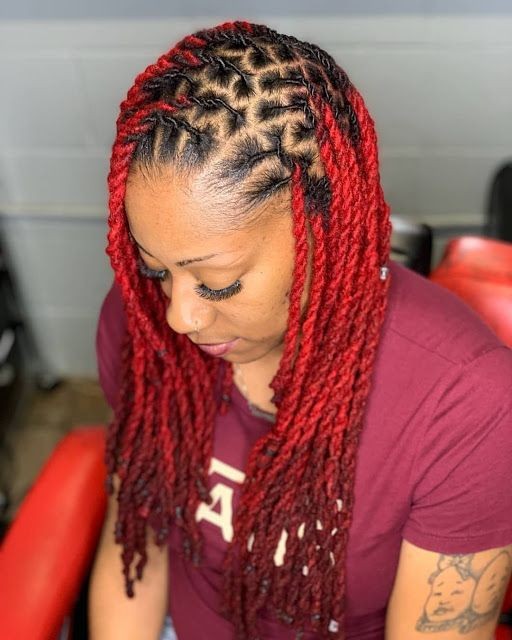



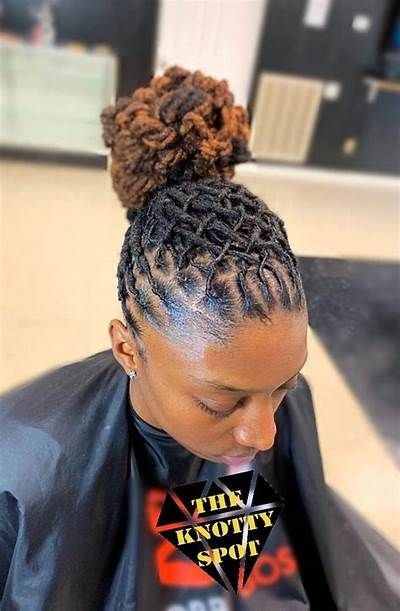

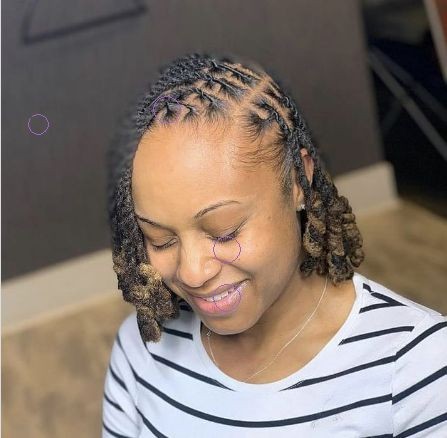

6.Igbo braids
Igbo braids are traditional Nigerian hairstyles specific to the Igbo ethnic group. They often feature intricate patterns and designs, symbolizing cultural identity and personal expression. These braids are a visual representation of the rich heritage and diversity within the Igbo community.
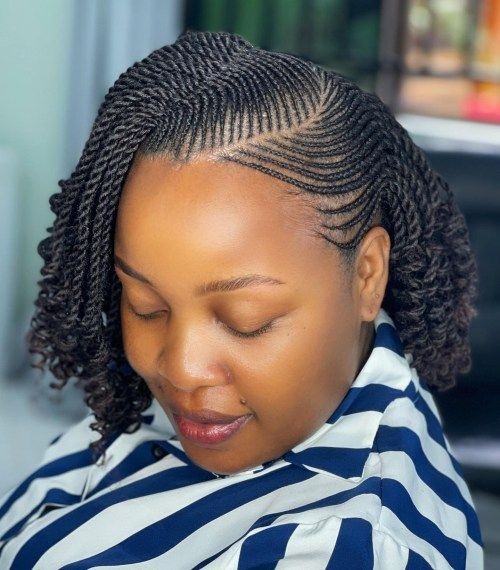

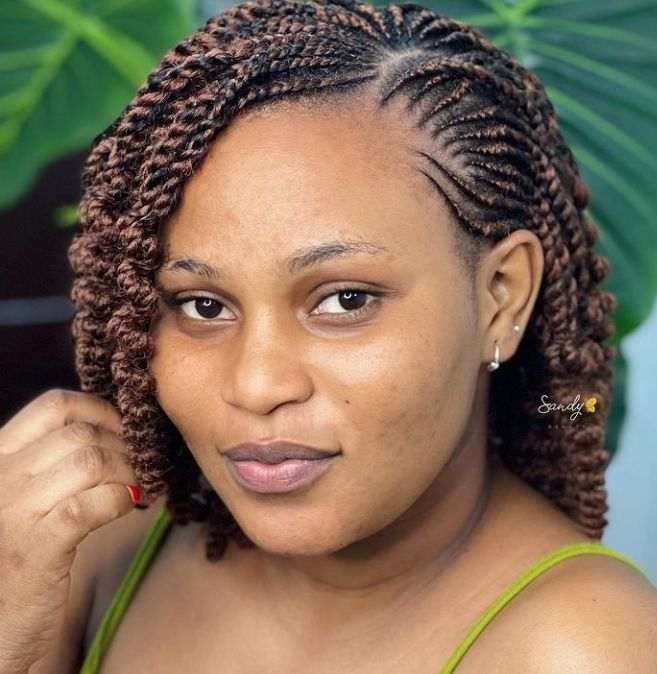

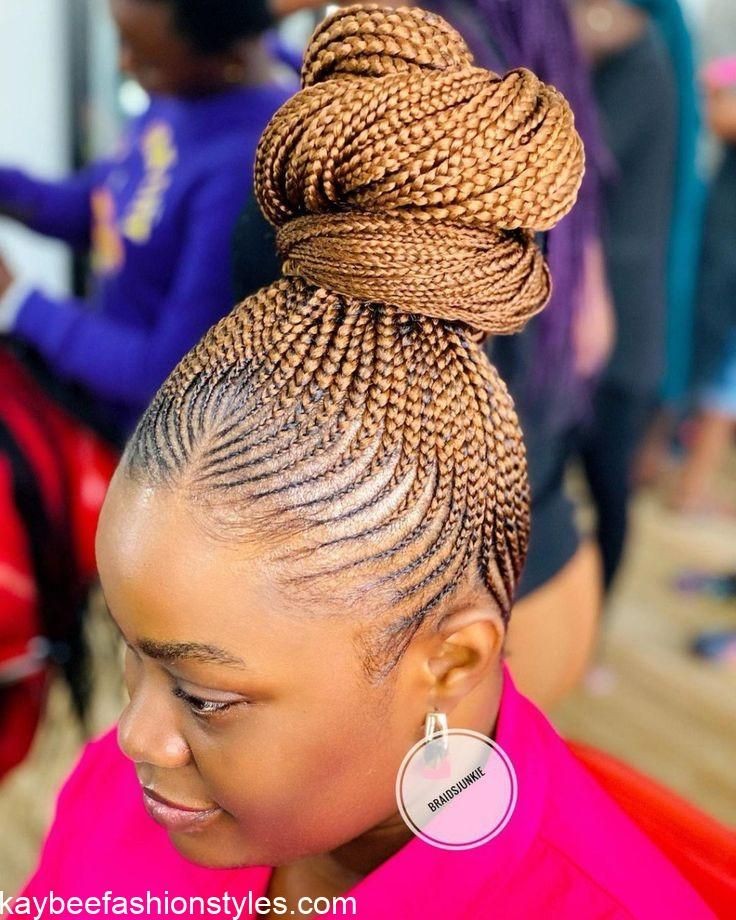

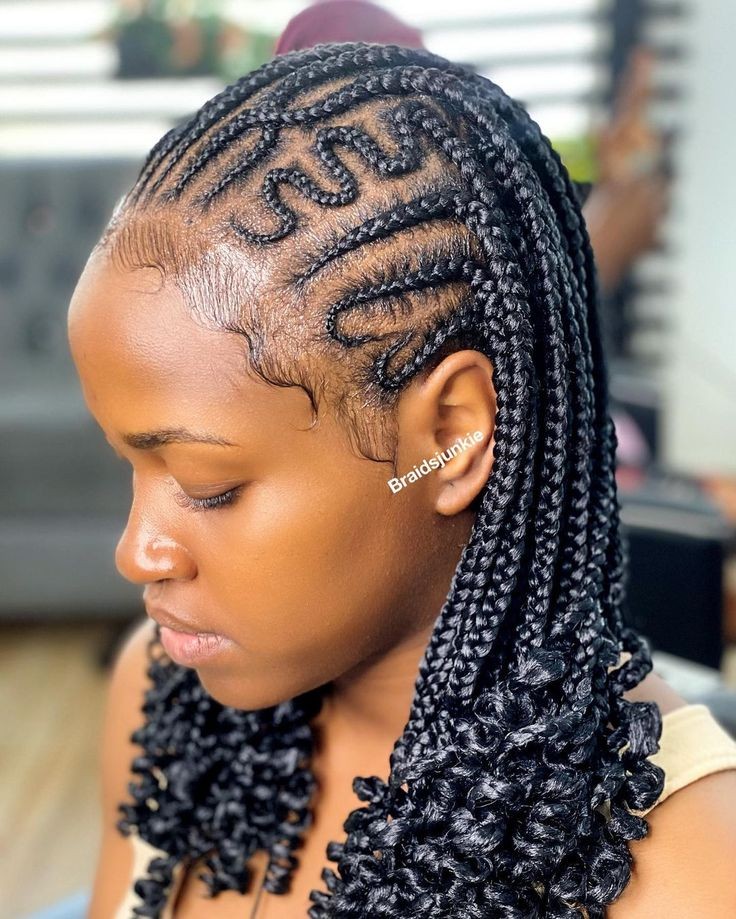

7.Ghana african braids
Ghana braids, also known as “cornrows” or “African braids,” are intricate and closely woven hairstyles originating from West Africa, including Ghana. These braids are created by weaving extensions or natural hair close to the scalp, forming various patterns. Ghana braids are admired for their beauty, durability, and cultural significance.











8.Original african hairstyles
Original African hairstyles vary across the continent due to diverse cultures. Traditional styles include intricate braids like Fulani braids, Maasai beadwork hairstyles, Zulu knots, and Himba braids. These hairstyles often carry cultural and social significance, showcasing the rich heritage and identity of different African communities.











9.Hausa braids
Hausa braids are traditional hairstyles associated with the Hausa people of Nigeria and other West African regions. These braids are often intricate, featuring patterns and designs created by weaving extensions or natural hair. Hausa braids reflect cultural identity and are a distinctive aspect of the Hausa cultural heritage.










10.Modern koroba hairstyle
Modern Koroba Hairstyles the traditional clay base, opting for braided extensions woven close to the scalp in intricate patterns. Think Goddess braids, cornrows, or even intricate designs like hearts or stars. Accessories like beads, cuffs, and threads are common, adding pops of color and personality. The style emphasizes clean lines, sharp edges, and intricate details, creating a bold and contemporary look that celebrates African heritage with a modern twist.








11.Threading hairstyles
Threading hairstyles use colorful thread instead of hair to weave intricate designs onto braids, twists, or cornrows. Think of it like temporary hair jewelry








12.Nigerian attachment hairstyles
Nigerian attachment hairstyles involve using hair extensions to create various styles. Popular choices include braids (such as box braids or Senegalese twists), weaves, and faux locs. These hairstyles offer versatility, allowing individuals to experiment with different lengths, textures, and colors while embracing Nigerian cultural influences.
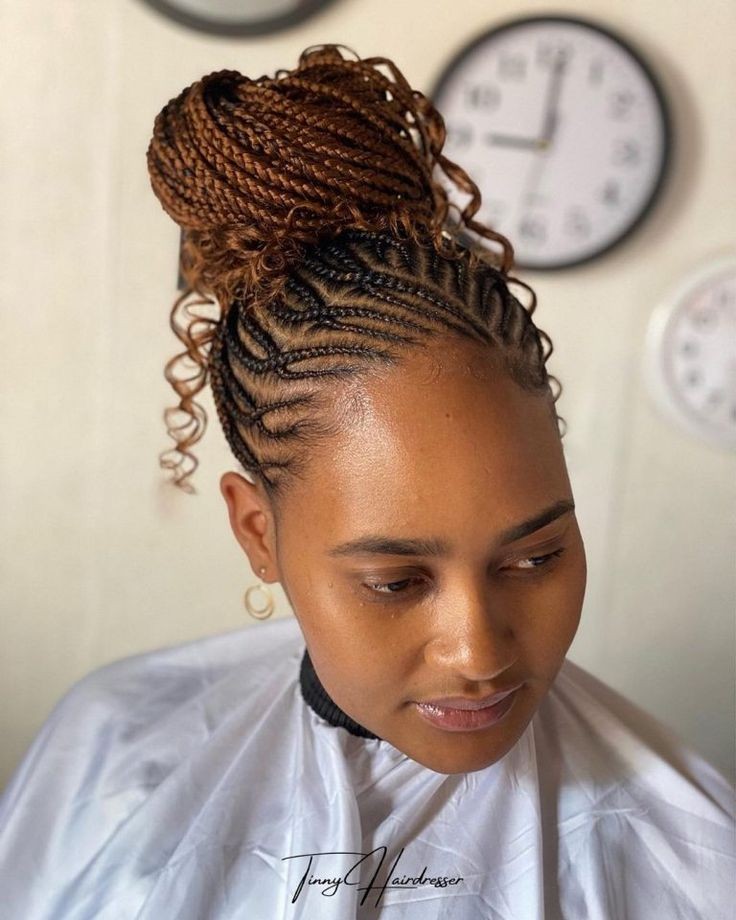







13.Nigerian Weaving
Nigerian weaving refers to the art of creating intricate patterns and designs by weaving together strands of natural or synthetic hair. This technique is commonly used in various Nigerian hairstyles, such as cornrows, braids, and intricate weaves. Nigerian weaving showcases skill and creativity, often reflecting cultural traditions and personal expression.










14.Traditional nigerian hairstyles
Traditional Nigerian hairstyles, rooted in cultural diversity, encompass Gele wraps for special occasions, Fulani braids with intricate bead patterns, Yoruba’s raised Irun Kiko braids, and the classic Shuku with a vertical crown. Didi hairstyles, known for elaborate twists or braids, are widespread, and Igbo styles showcase unique braids and bead decorations. These hairstyles blend artistry and cultural significance, reflecting the rich heritage and individual expression across Nigeria.
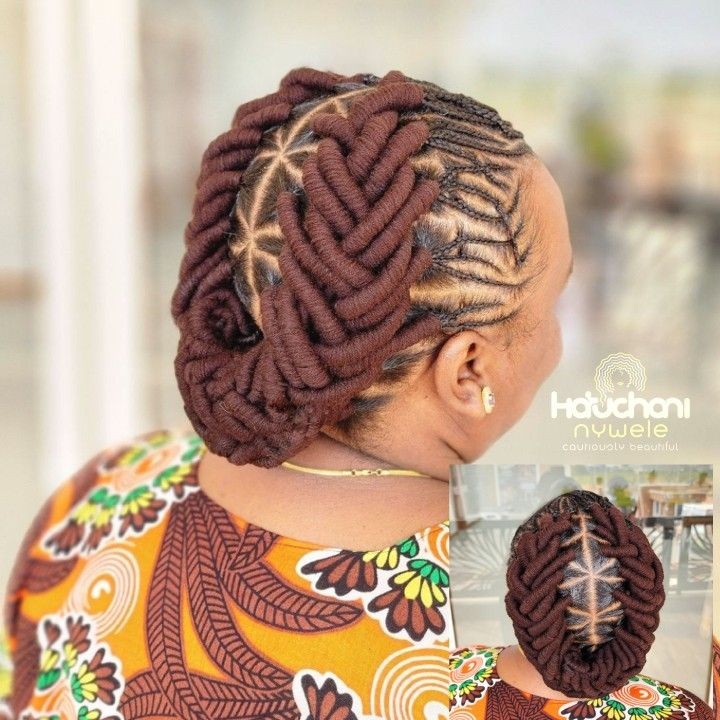

15.Irun Kiko (Patewo)
Irun Kiko Hairstyles, also known as Patewo Hairstyles, is a traditional Yoruba hairstyle characterized by raised braids with intricate patterns. This distinctive hairstyle holds cultural significance among the Yoruba people in Nigeria and adds an element of artistic flair to personal expression.


Traditional Nigerian hairstyles for women
Nigeria, a country rich in cultural diversity, boasts a wide array of traditional hairstyles that are deeply rooted in its history and heritage. These hairstyles serve as a reflection of the country’s diverse ethnic groups and their unique traditions. From intricate braided styles like cornrows and Fulani braids to elegant updos adorned with beads and accessories, Nigerian women have long embraced these hairstyles as a way of expressing their identity and cultural pride.


These traditional hairstyles not only showcase the creativity and craftsmanship of Nigerian hairstylists but also serve as a means of preserving and passing down cultural traditions from one generation to the next. Whether worn for special occasions or as a part of everyday life, these hairstyles continue to be cherished and celebrated as an integral part of Nigerian culture.
Bold and intricate cornrow styles
Bold and intricate cornrow styles have become increasingly popular in Nigerian fashion and beauty trends. These stunning hairstyles feature a series of tightly braided rows that are skillfully crafted to create intricate patterns, geometric shapes, and even symbolic designs.









The creativity and artistry involved in creating these cornrow styles showcase the talent and expertise of Nigerian hairstylists. With their versatility, cornrows can be styled in a variety of ways, from simple and neat designs to more elaborate and eye-catching patterns. Whether adorned with beads, colored extensions, or other accessories, these bold cornrow styles are a testament to the beauty and individuality that can be achieved through African Nigerian hairstyles.
The history and meaning behind braids
Braids have a rich history and hold significant cultural meaning in various societies around the world. Dating back thousands of years, braiding techniques have been utilized as a practical and artistic way to manage and style hair. In many African and Nigerian communities, braids have deep cultural significance, representing a form of identity, heritage, and even social status. Braiding styles and patterns often vary across regions, symbolizing unique cultural traditions and historical narratives.


From intricate cornrows to Fulani braids, each braid carries its own story and serves as a reflection of cultural pride and creativity. Moreover, braids have transcended their cultural origins and have become a popular hairstyle choice globally, appreciated for their beauty, versatility, and ability to showcase individuality.
Adorning hair with cowrie shells
Adorning hair with cowrie shells is a traditional practice that has endured through generations in African and Nigerian hairstyles. Cowrie shells, known for their smooth texture and distinctive shape, hold significant cultural and symbolic value in many African societies. Historically, cowrie shells were considered a form of currency and were associated with wealth and prosperity.


Today, incorporating cowrie shells into hairstyles is a way to honor African heritage and embrace cultural identity. The shells are often threaded onto braids or woven into intricate hair designs, adding a touch of elegance and enhancing the overall aesthetic. This adornment not only showcases the beauty of natural hair but also serves as a visual celebration of African cultural traditions.
Modern twists on classic styles
In recent years, there has been a surge in modern twists on classic styles within the realm of African and Nigerian hairstyles. These contemporary interpretations breathe new life into traditional looks, allowing individuals to express their creativity while staying connected to their cultural roots. From vibrant colored extensions to intricate geometric patterns, these modern twists infuse a fresh and innovative energy into timeless hairstyles.








With the use of advanced styling techniques and a fusion of global influences, these revamped looks celebrate the rich history of African and Nigerian hair while embracing the ever-evolving nature of fashion and beauty. Whether it’s incorporating bold accessories or experimenting with unique textures, these modern twists on classic styles exemplify the dynamic and adaptive nature of African and Nigerian hairstyles in the modern era.
How to care for braided hair
Maintaining the health and longevity of braided hair is essential to ensure that these intricate styles remain stunning for as long as possible. To care for braided hair, it is important to start with a thorough and gentle cleansing routine. Use a sulfate-free shampoo and conditioner to cleanse and hydrate the hair, making sure to focus on the scalp to remove any buildup or dirt. After washing, gently squeeze out any excess water and allow the hair to air dry or use a low heat setting on a blow dryer. Avoid excessive rubbing or pulling on the braids to prevent damage.








To prevent frizz and maintain the neatness of the style, apply a lightweight oil or leave-in conditioner to the braids, focusing on the ends. Additionally, protect the hair while sleeping by wrapping it in a satin scarf or using a satin pillowcase to minimize friction and maintain the braids’ integrity. Regularly moisturize the scalp and hair to prevent dryness and itchiness, using a light oil or moisturizing spray. Lastly, avoid excessive manipulation or styling of the braids to prevent loosening or breakage. By following these care tips and maintaining a consistent routine, braided hairstyles can remain beautiful and healthy for an extended period.
The versatility of headwraps
Headwraps are a versatile accessory that can elevate any hairstyle, providing both style and functionality. Whether you’re looking to add a touch of elegance to a formal updo or seeking a stylish solution for a bad hair day, headwraps offer endless possibilities. With a wide range of colors, patterns, and fabrics available, you can effortlessly customize your look to suit any occasion or personal style. Headwraps can be wrapped in various ways, allowing you to create different shapes and silhouettes that complement your face shape and outfit.






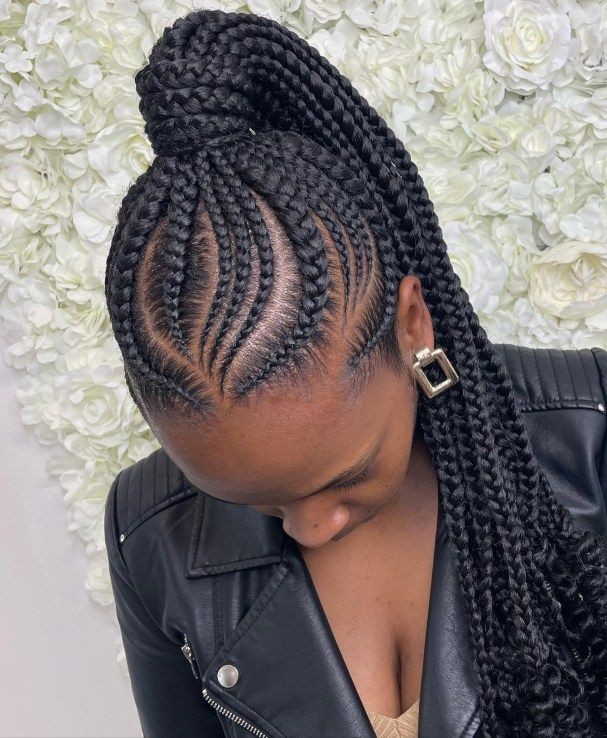

Additionally, headwraps are not limited to specific hair types or lengths, making them accessible to individuals with varying hair textures and lengths. From a casual bohemian look to a sophisticated and polished style, the versatility of headwraps makes them a must-have accessory in any fashion-forward individual’s collection.
Embracing natural hair textures
The beauty and uniqueness of natural hair textures should be celebrated and embraced. Your hair is an extension of your identity and embracing its natural state allows you to showcase your individuality and cultural heritage. By embracing your natural hair textures, you are breaking free from societal standards and embracing the beauty that comes with diversity. Natural hair textures come in a wide range, from coils and curls to kinks and waves, each with its own characteristics and beauty.






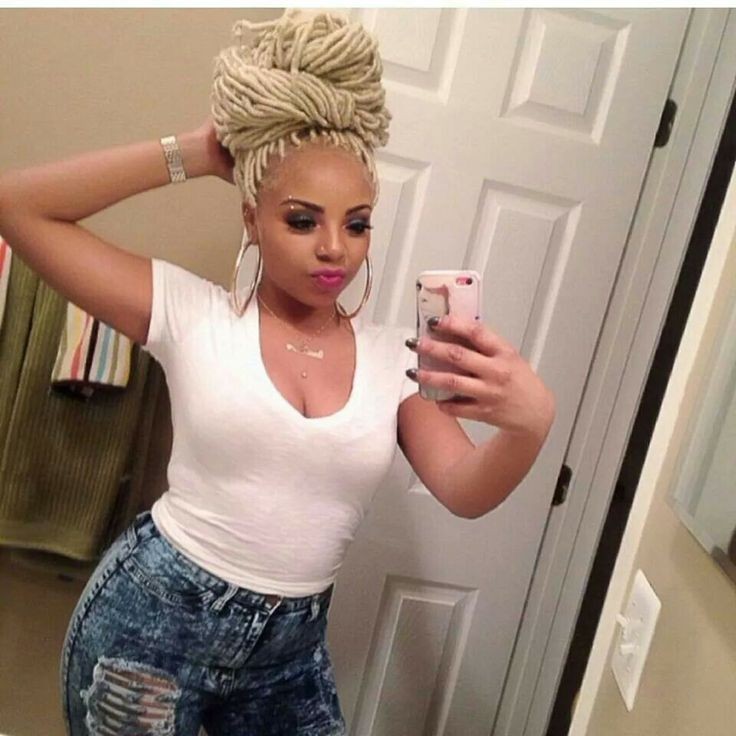

Embracing natural hair textures means accepting and nurturing your hair in its natural state, using products and techniques that enhance its health and vitality. It also means embracing different styling options, such as twist-outs, braid-outs, and wash-and-go styles, that allow your hair to thrive and showcase its natural beauty. Embracing natural hair textures is a powerful statement of self-love and acceptance, and it is a movement that empowers individuals to redefine beauty standards and celebrate the uniqueness of their hair.
Creative ways to accessorize braids
When it comes to braids, there are endless possibilities for creative and stylish ways to accessorize them. Accessories can add a unique touch and elevate your braided hairstyle to the next level. One popular option is incorporating colorful beads or cuffs onto the ends of your braids, creating a fun and eye-catching look.








You can also experiment with different types of hair jewelry, such as hair rings, charms, or even feathers, to add a bohemian or glamorous touch to your braids. Another creative way to accessorize braids is by using scarves or headbands to create intricate and stylish patterns throughout your hairstyle. Whether you choose to go for a bold and statement-making accessory or opt for a more subtle and elegant touch, accessorizing braids allows you to showcase your personal style and add a touch of flair to your African Nigerian hairstyle.
Celebrating African culture through hairstyles
African Nigerian hairstyles are not just a means of personal expression, but also a celebration of the rich and diverse African culture. These hairstyles have deep roots in the traditions and heritage of different African communities, and they serve as a powerful connection to our history and identity. Each hairstyle tells a unique story and holds significant symbolism. From intricate braided patterns that represent beauty, strength, and community, to the use of natural textures and afros that embody self-acceptance and embracing one’s roots, African Nigerian hairstyles are a powerful way to honor and celebrate our cultural heritage.


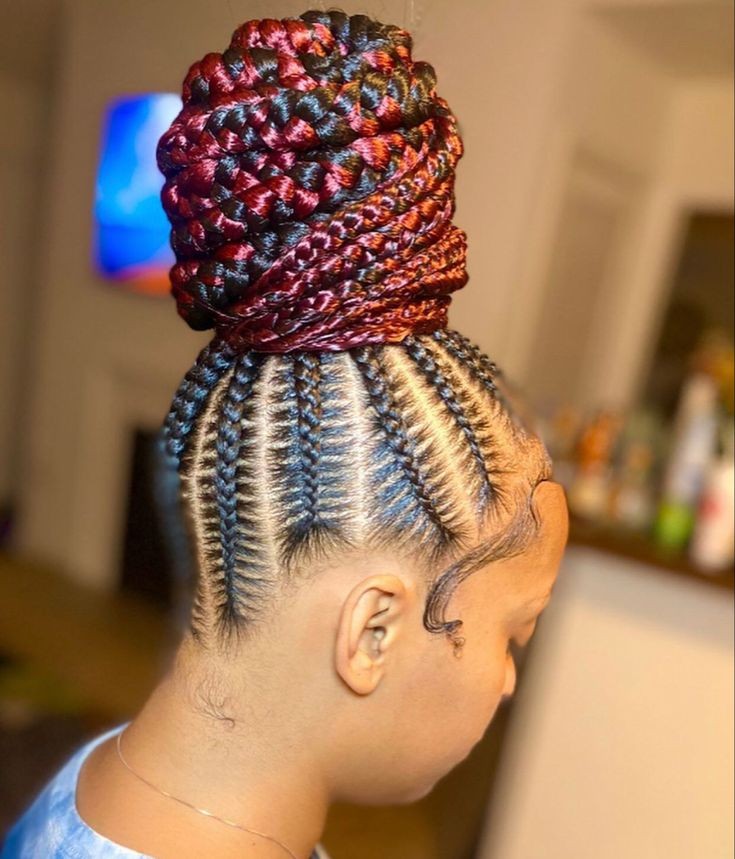





By wearing these hairstyles with pride and embracing their beauty, we are not only showcasing our individuality but also promoting cultural appreciation and understanding. Hairstyles become a form of art, a statement of cultural pride, and a way to keep our heritage alive for generations to come.
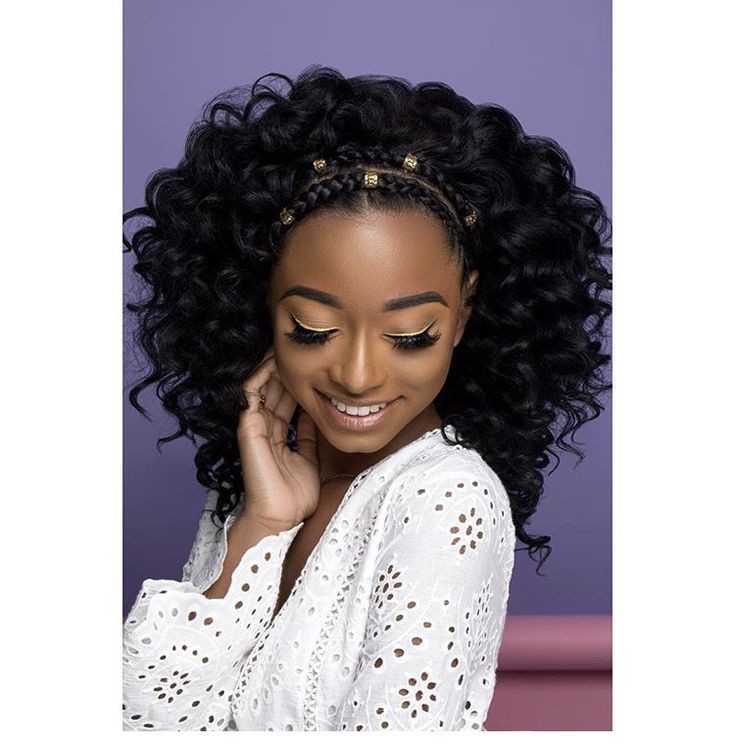

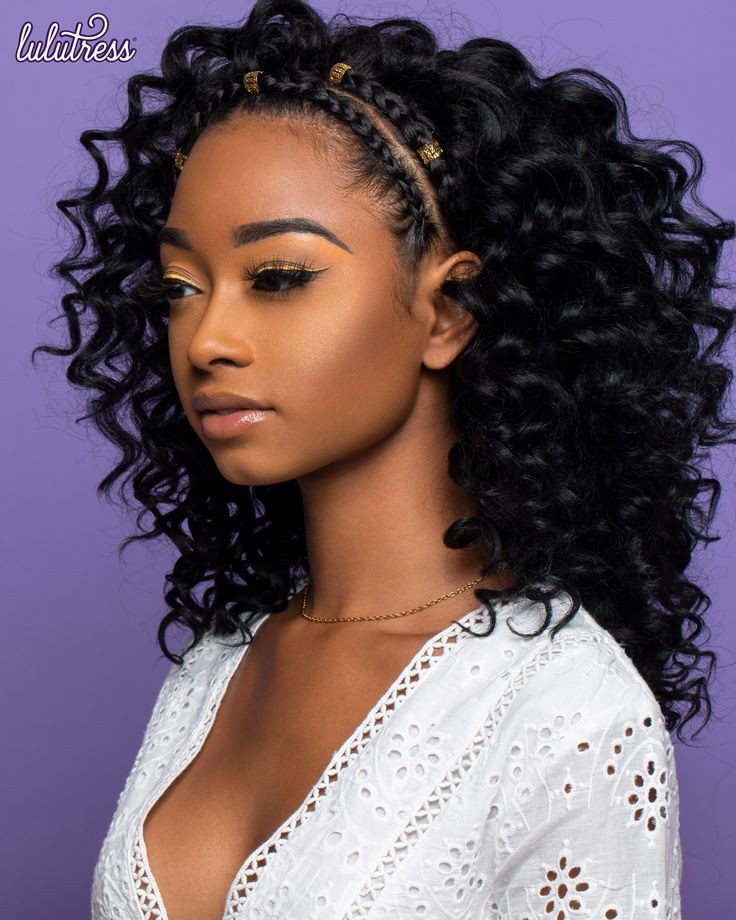



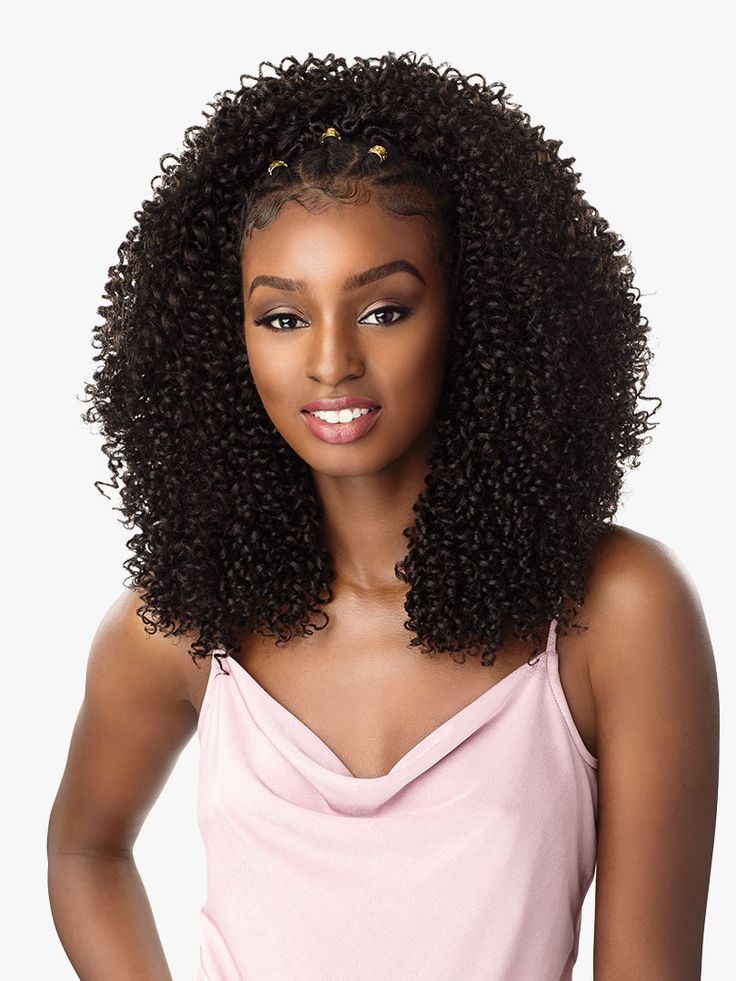

In conclusion, African Nigerian hairstyles are not just a fashion statement, but also a celebration of culture and heritage. These hairstyles have been passed down through generations and have evolved to represent the diverse and vibrant traditions of Nigeria. Whether it’s the elaborate braids of the Fulani tribe or the colorful beads of the Yoruba tribe, each hairstyle holds its own significance and tells a unique story. As we continue to embrace and celebrate diversity, let us also appreciate the beauty and artistry of African Nigerian hairstyles.


